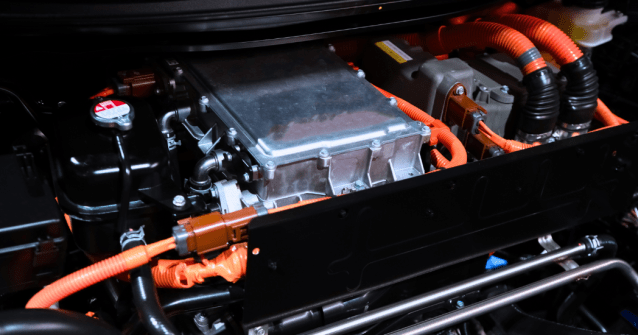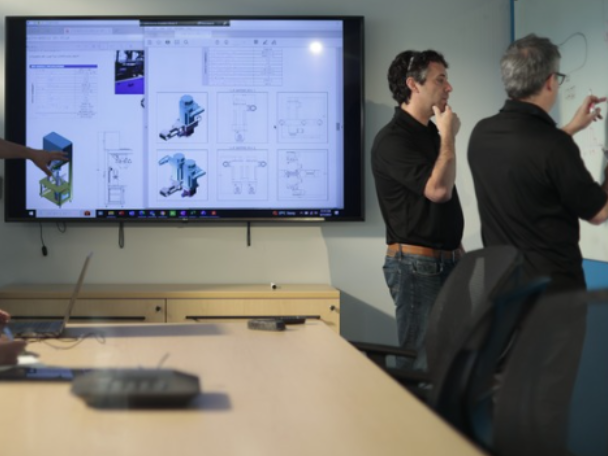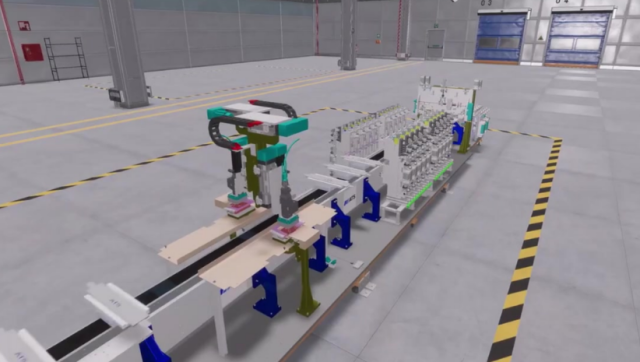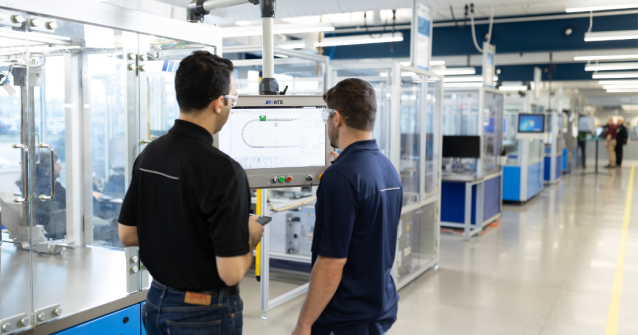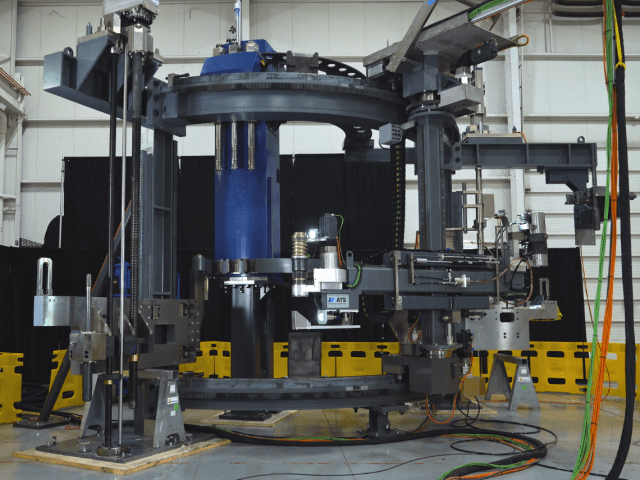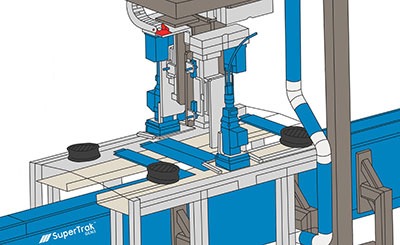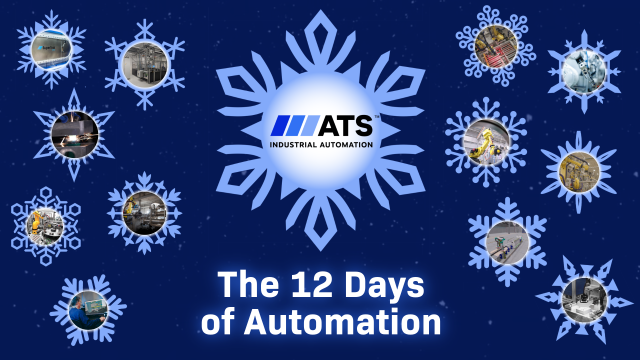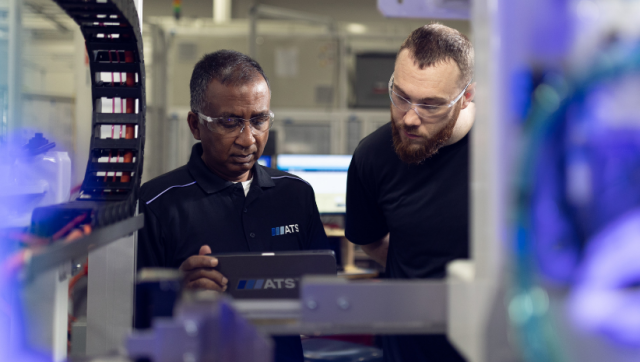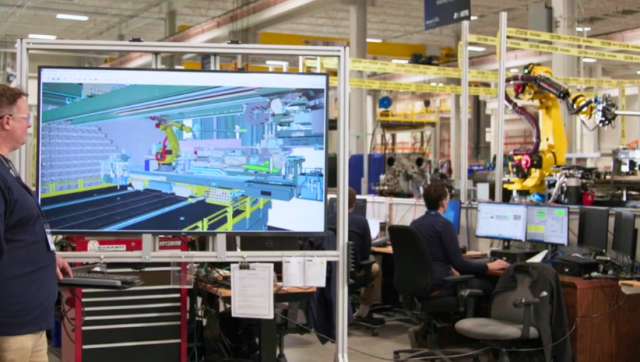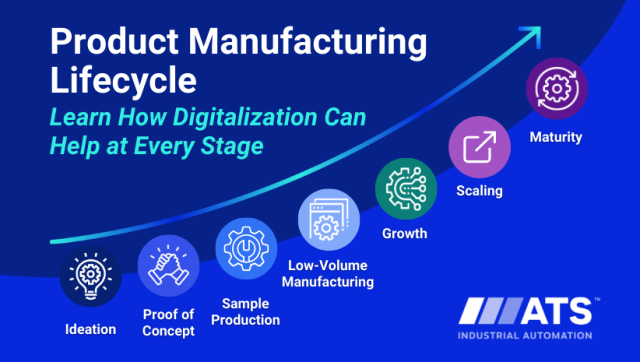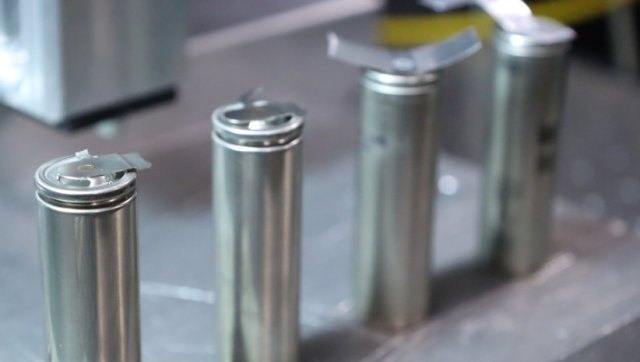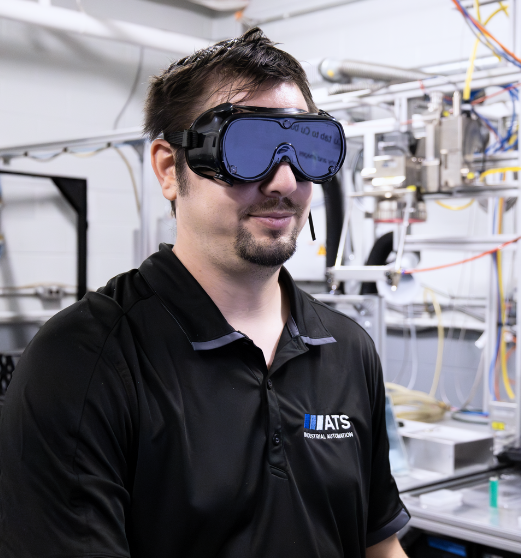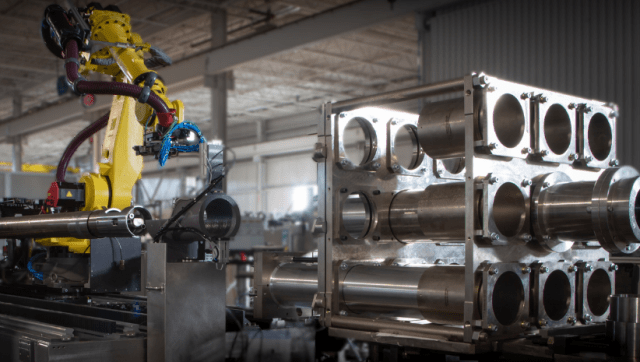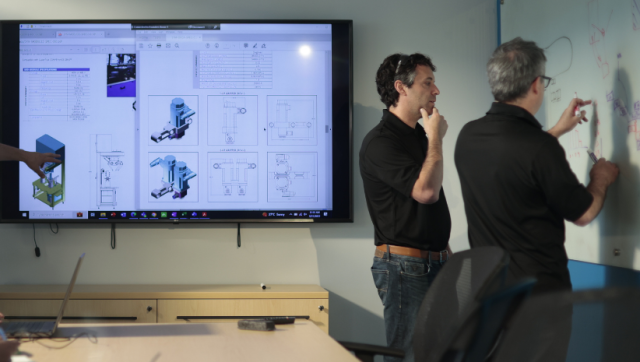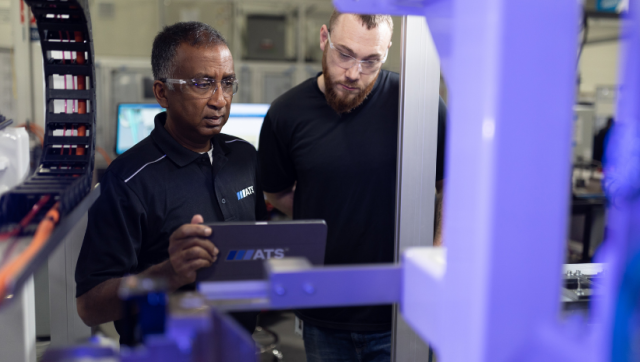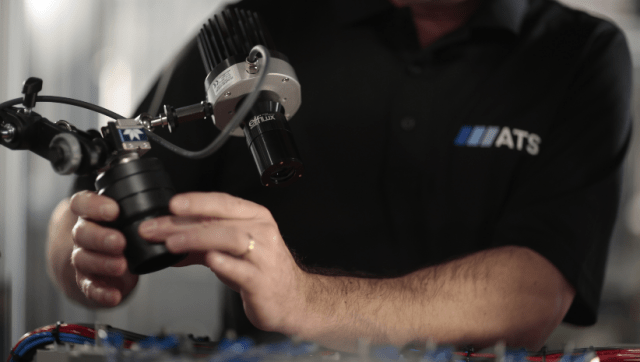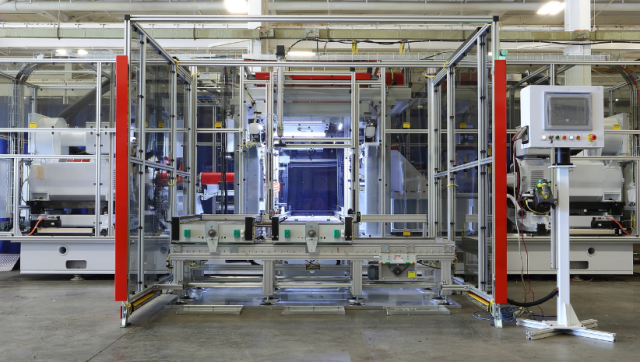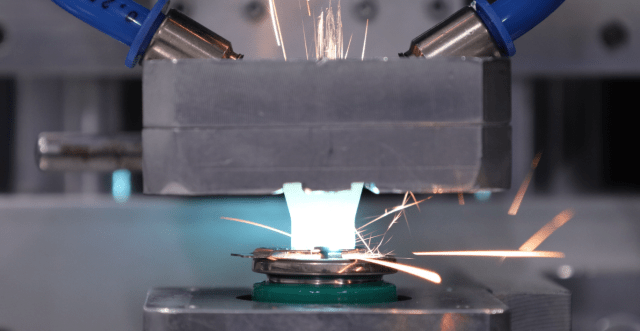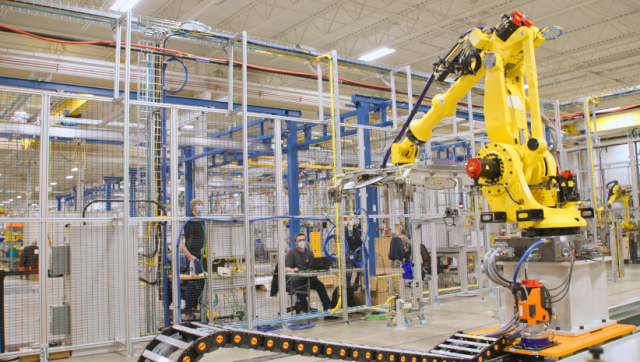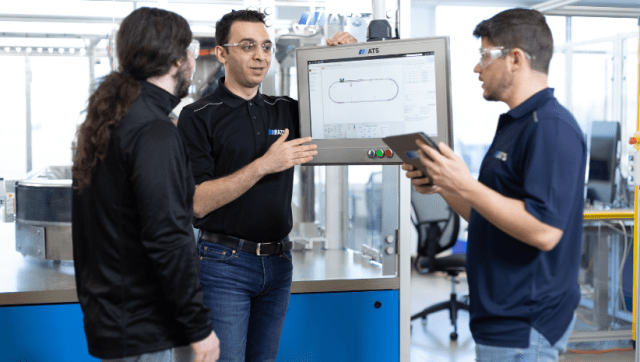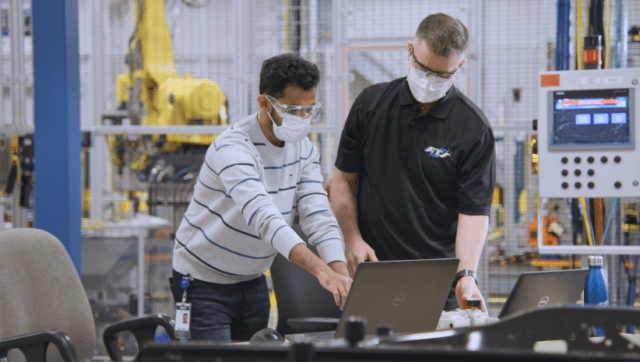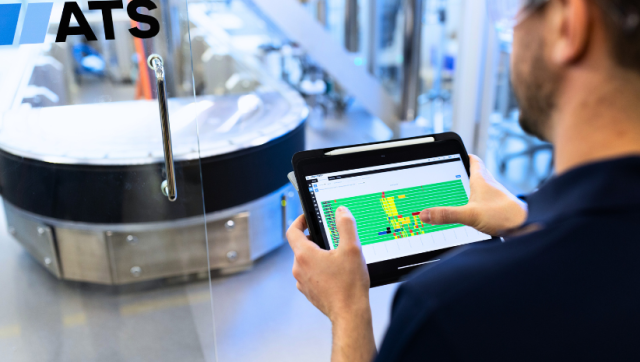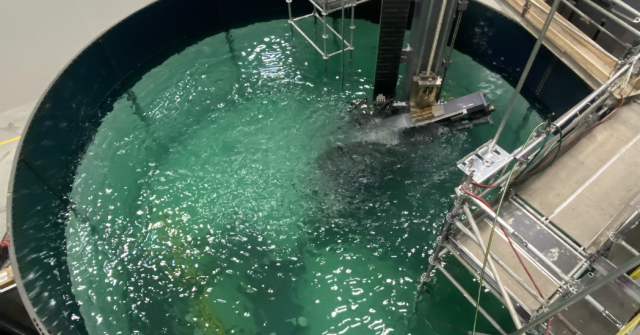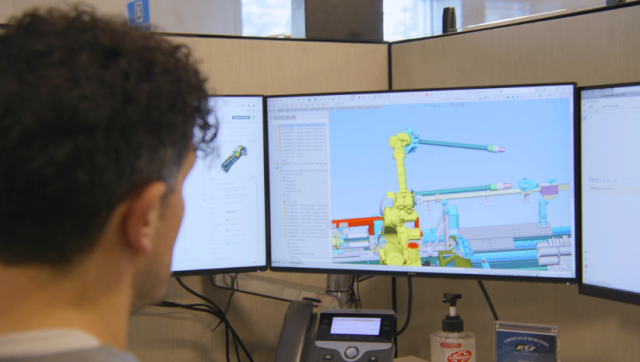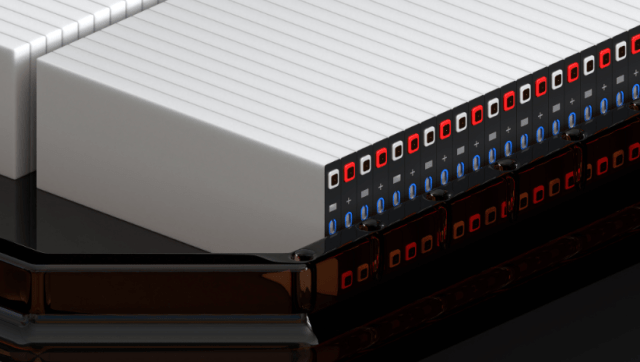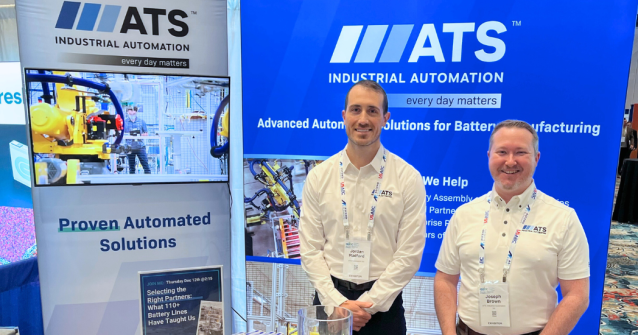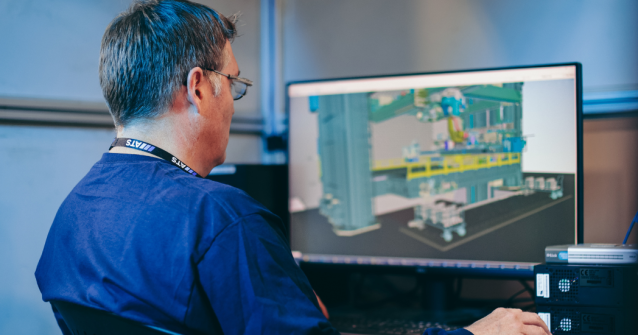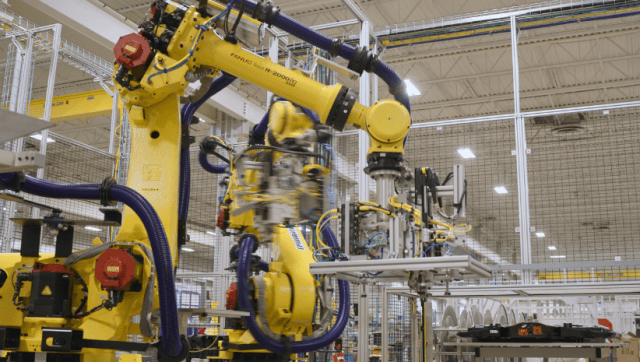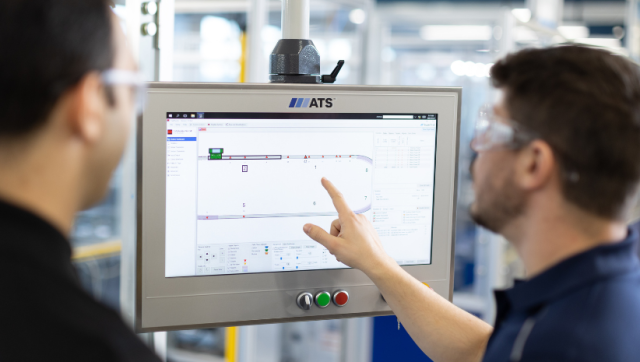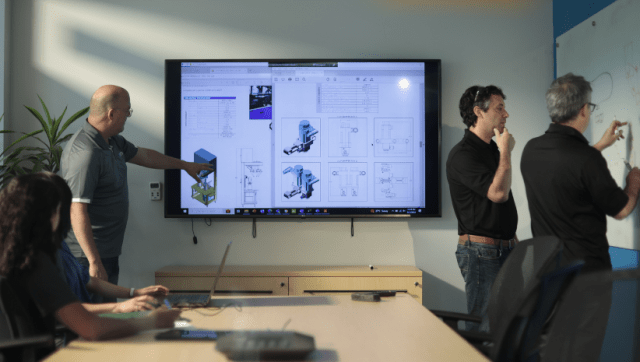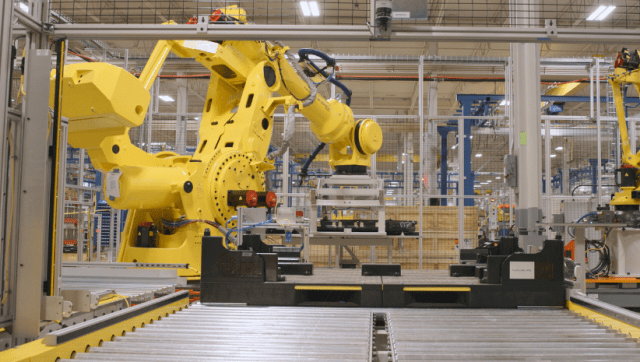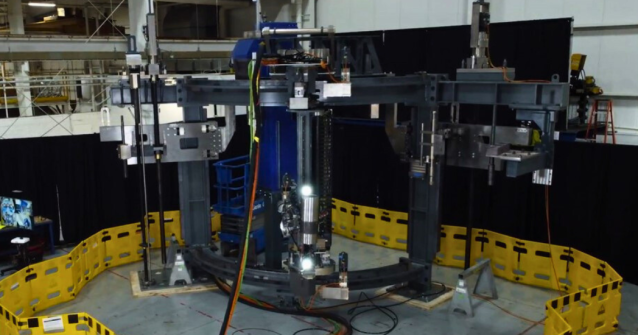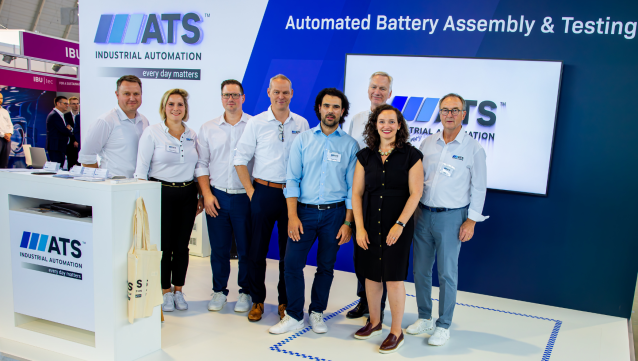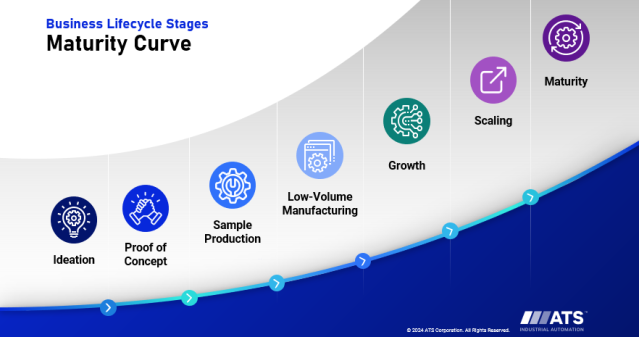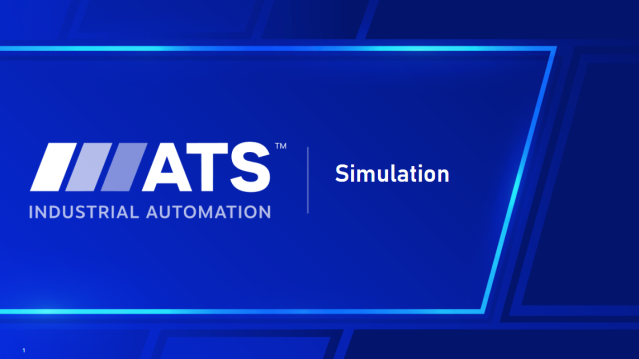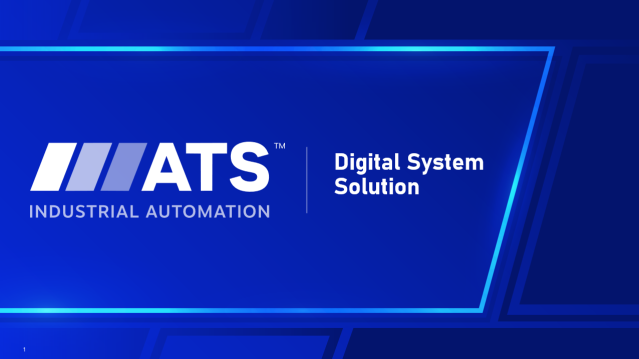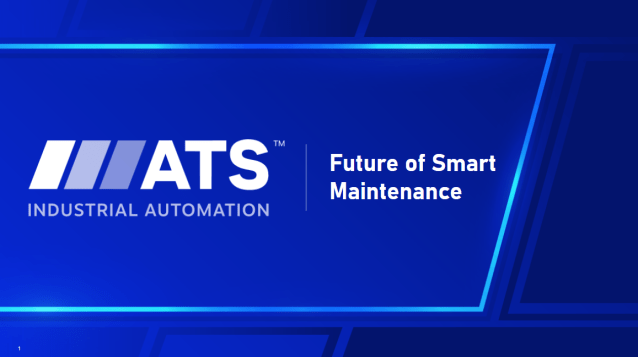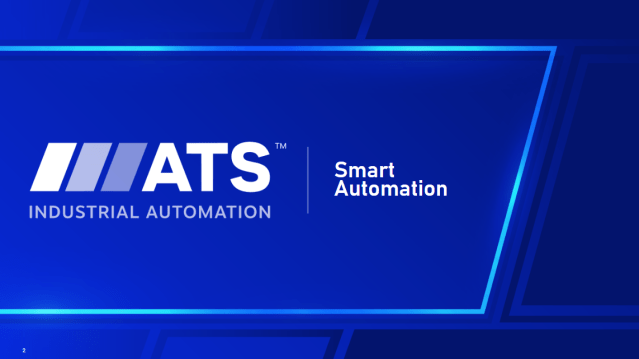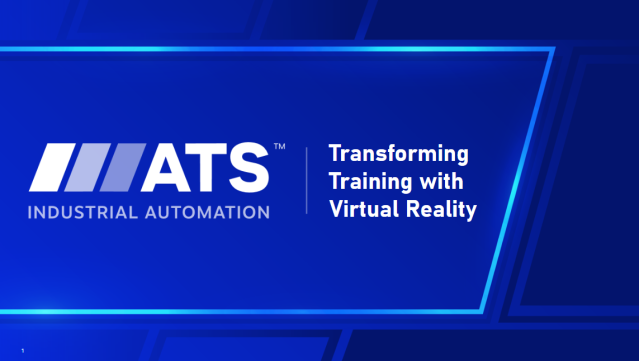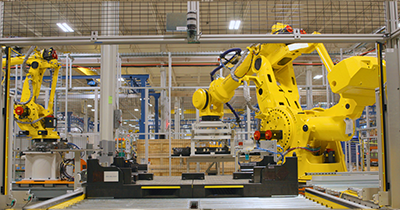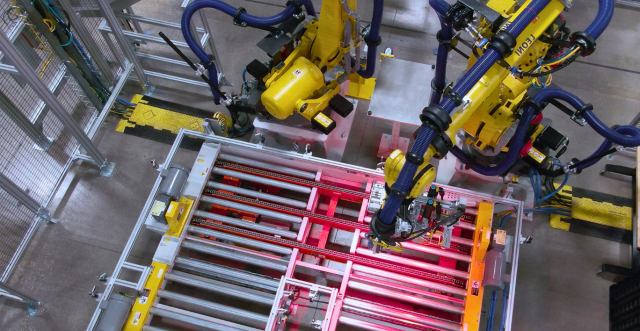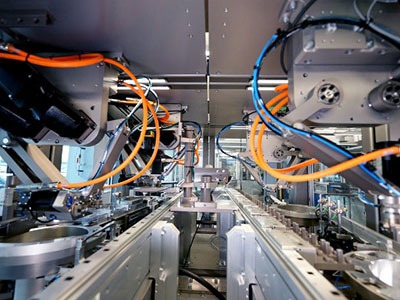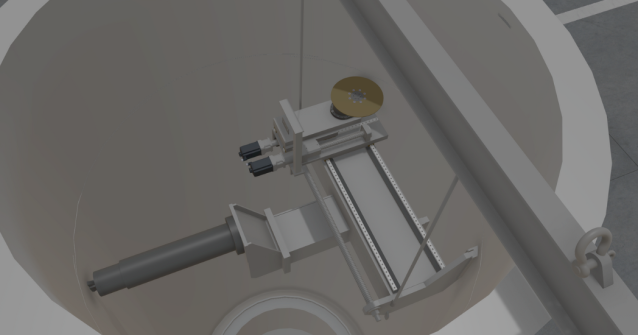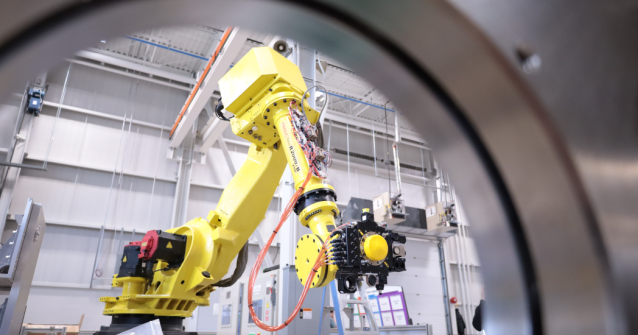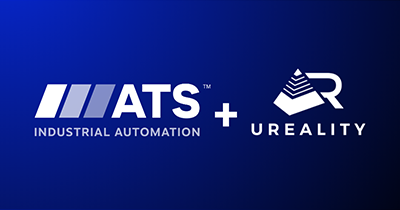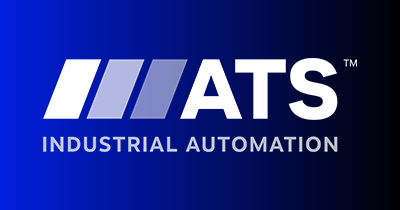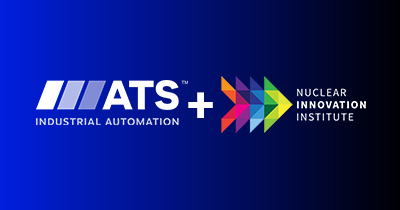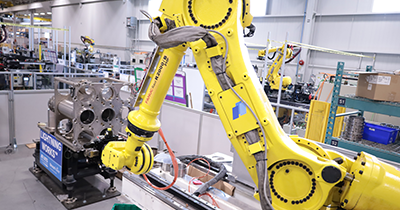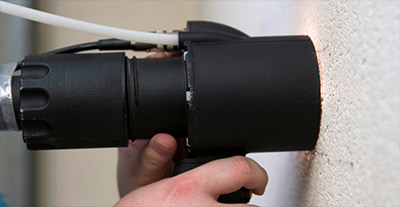In automation, the costliest mistakes don’t happen on the factory floor; they happen even before a single machine is built. Requirements definition is one of the most critical steps in planning for automation. This often-underestimated step can be the difference between a system that meets expectations and one that misses the mark entirely.
Requirements Definition Explained
Requirements definition is the structured process of identifying, documenting, and validating the specific needs for an automation system. It’s not about how the system will be built, but what it must do—from functional and operational goals to compliance and environmental constraints.
The process typically begins with a User Requirements Specification (URS), which captures what the system should do with a clear focus on goals, constraints, and expectations. This foundational document evolves into more detailed specifications, such as Functional Requirements Specifications (FRS) and Design Specifications (DS), which describe how the system will fulfill those requirements. Each document maintains traceability to the original URS, ensuring alignment throughout the automation lifecycle.
Why Defining Requirements Matters
Poorly defined requirements are one of the top challenges in an automation project. Without clear objectives, teams risk working hard toward different expectations and costly rework.
A robust requirements definition process helps:
- Reduce ambiguity and prevent scope creep.
- Align cross-functional teams early.
- Enable accurate cost estimations and scheduling.
- Improve product quality and system performance.
- Support validation and compliance.
When requirements aren’t thoroughly defined, the result is often a system that doesn’t meet standards—functionally, operationally, or financially. What’s more, it can lead to delays, budget overruns, and missed production targets.
From Requirements to Validation
Requirements definition doesn’t just set the stage for design—it lays the foundation for validation. Every requirement should be traceable through the system’s lifecycle, from concept to commissioning. That’s why it’s important to develop traceability matrices and validation protocols in parallel with the user requirements specification. These tools ensure every requirement can be verified during factory acceptance testing (FAT), site acceptance testing (SAT), and installation/operational qualification (IQ/OQ) processes.
The Role of Requirements in Automation Equipment
Requirements definition plays a central role in the process of building automation equipment. It informs every downstream activity—from quoting and design to procurement, integration, and testing. A well-written URS ensures stakeholders are aligned from day one. It also levels the playing field during vendor selection. When equipment suppliers quote against the same requirements, manufacturers can compare solutions and costs objectively.
Common Pitfalls in Requirements Definition
Even though requirements definition is a critical activity, it’s often one of the most underdeveloped stages in a project. Here are some of the most common challenges manufacturers encounter:
Incomplete Stakeholder Input
Requirements that don’t reflect all stakeholders—engineering, operations, quality, maintenance, and regulatory—can result in systems that are technically sound but operationally impractical or non-compliant.
Just as critical is the input from real operators. Their operational experience (OPEX) offers firsthand insight into how systems perform day-to-day. Operators are the interface with the end system, and their lessons learned can reveal downstream bottlenecks that aren’t always visible in high-level planning. Capturing this experience early helps avoid ambiguous requirements and ensures the system supports real-world workflows.
Vague or Contradictory Language
Terms like “user-friendly” or “state-of-the-art” may sound impressive, but they’re open to interpretation. Requirements must be specific, measurable, and unambiguous. Contradictions—like conflicting press force requirements or unclear inspection criteria—are evidence of a lack of internal agreement, and will derail design and testing.
Considering Validation Too Late
When manufacturers delay traceability and validation planning until after the design or build phases, they often uncover missing or misinterpreted requirements. This leads to costly rework, delays, and potential compliance risks, especially in highly regulated industries. We need to begin with the end in mind. How will we confirm this machine performs as expected and the saleable product meets quality standards?
Lack of Traceability
Without a clear link to verification, it’s difficult to measure the system’s ability to meet its design intent. This is especially problematic during FAT, SAT, and IQ/OQ, where traceability is essential for validation.
Static Thinking
Requirements are not set in stone. As products evolve or new insights emerge, the URS should be updated. Treating it as a “one-and-done” document limits flexibility and increases the risk of misalignment as the project progresses.
Five Ways to Improve Defining Your Requirements
To avoid these pitfalls, manufacturers can apply five core principles when defining requirements. These best practices ensure requirements are not only well-written, but also actionable and aligned with project goals.
1. Exclusivity and Clarity
Each requirement must express a single, straightforward idea and be mutually exclusive from others. This prevents overlap and confusion. Clear and concise language ensures that everyone—from design engineers to validation teams—understands expectations.
It’s also important to distinguish between functional and performance requirements. Functional requirements define what the system must do—its behaviors, operations, and logic. Performance requirements describe how well the system must do it, focusing on attributes like speed, capacity, availability, and response time. In short, functional requirements describe what actions the system does, while performance requirements define how well the system performs those actions.
Example: Instead of saying “The system should be easy to changeover,” specify “The system must allow one operator to complete a product changeover from one variant to the next in under five minutes without the use of tools.” This example blends both functional clarity (what the system must do) and performance precision (how well it must do it).
2. Verifiability
Every requirement must be verifiable. Whether through inspection, demonstration, or data analysis, there must be a clear method to test and confirm the requirement is met. This is essential for validation and acceptance testing.
Tip: Ask yourself, “How will we prove this requirement has been met at the FAT stage?”
3. Consistency and Completeness
Requirements cannot contradict each other and must collectively cover all aspects of the system. Incomplete or conflicting requirements can lead to design errors, integration issues, and failed tests.
Watch for: Conflicting specifications , tolerances, missing inspection criteria, or undefined process steps.
4. Feasibility
Requirements must be technically achievable. If there is uncertainty as to whether a requirement can be achieved in practice, an automation partner can explore this requirement further through a proof of principle study or simulation. Untested or unrealistic expectations can derail the project before it begins.
Red flag: Stating “The system must achieve 100% inspection accuracy,” without any supporting data demonstrating a reasonably achievable performance level.
5. Economic Viability
Even feasible requirements must be financially viable. Some features—like full stainless-steel enclosures or high-efficiency particulate air (HEPA) filtration—may add significant cost. If they’re not essential, manufacturers can consider these elements as optional.
Best practice: Distinguish between “must-have” and “nice-to-have” requirements to avoid costly over-engineering.
How Pre-Automation Services Help
For manufacturing leaders who are early in their automation journey or launching a new product line, defining requirements can feel like trying to predict the future. That’s where pre-automation services come in. Through site visits, stakeholder interviews, process walkthroughs, and simulation studies, pre-automation experts help manufacturers articulate their needs—even when they’re not sure how to share them.
These services also include:
- Drafting URS and FRS documents.
- Conducting design for manufacture and assembly (DFMA) and risk assessments.
- Creating and executing proof of principle studies.
- Planning strategies for requirements traceability and validation.
This collaborative approach helps de-risk investments in automation and reduce your products time-to-market.
From Requirements to Results: Why the Right Partner Matters
There’s a big difference between an automation supplier and an automation partner. A supplier builds what the customer asks for. A partner helps by asking the right questions and building a foundational set of requirements ensuring your automated equipment is aligned with your overall goals. By engaging an experienced partner, manufacturers can acquire automation solutions that not only improve operations—but continue to support your long-term business objectives.
At ATS Industrial Automation, our experience across the automation lifecycle—from concept to commissioning and lifecycle management—means we understand the downstream impact of every requirement. For more information about our approach, click here.
Every project is unique. Allow us to listen to your challenges and share how automation can launch your project on time.

Ryan Tavares
Director, Pre-Automation Services
ATS Industrial Automation
For over 20 years, Ryan has helped top-tier manufacturers and industry innovators transform their operations through automation and process optimization. Ryan empowers manufacturing businesses to enhance efficiency, improve product quality, and scale production to drive sustainable growth and maximize returns.



